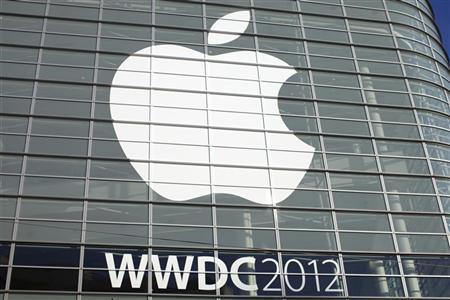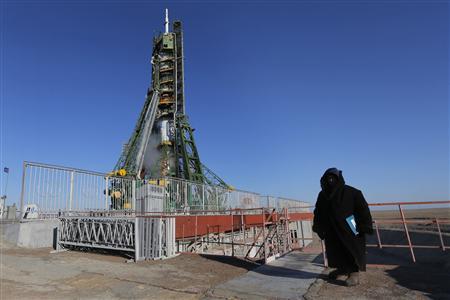 Engineering conglomerate Siemens AG aims to save 6 billion euros ($7.7 billion) over the next two years as it fights to stay competitive in a weak global economy.
Engineering conglomerate Siemens AG aims to save 6 billion euros ($7.7 billion) over the next two years as it fights to stay competitive in a weak global economy.
Siemens, Germany’s most valuable company which makes products ranging from fast trains and gas turbines to hearing aids, has come under pressure to cut costs and focus on its most profitable businesses to close a gap with rivals such as ABB or General Electric.
“We know what we have to do, and we’re doing it,” Chief Executive Peter Loescher said in a statement on Thursday as the industrial bellwether reported declining quarterly profit that was still slightly above analysts’ forecasts.
The savings target was much higher than the 2-4 billion euros analysts had expected, sending Siemens’ shares up 4 percent – one of the biggest gainers in Europe.
“We see the cost program (at Siemens) as meaningful and credible. This is much better than many had expected,” Morgan Stanley analyst Ben Uglow said.
Analysts at Citi said Siemens’ 2014 earnings per share could be at least 13 percent higher than was expected before the savings – a mixture of cost cuts and efficiency gains – were announced.
Loescher said some of the company’s 410,000 jobs would go, but declined to say how many.
He aims to increase annual sales by about one third to 100 billion euros in a few years, but a faltering economy has pushed prices down and eroded margins with little prospect of a pick-up any time soon.
“We certainly see a slowing global economy and more headwinds,” Loescher told Reuters Insider TV in an interview, citing recession in Europe and a mixed picture in emerging economies such as China.
Siemens expects order intake to grow moderately in the financial year ended September 2013, following a 10 percent drop last year, while revenues will be lower.
JOBS WILL GO
Munich-based Siemens aims to improve its margin on operating profit from its four core businesses to at least 12 percent from 9.5 percent last year, closing a growing profitability gap with Switzerland’s ABB, Netherlands-based Philips and U.S.-based General Electric.
Siemens trades at 12.2 times 12-month forward earnings, a discount to those companies, which have multiples of 12.4, 13.1 and 13.0 respectively, according to Thomson Reuters StarMine.
Its shares have gained 6.6 percent so far this year, well below a 23 percent jump by Germany’s blue-chip DAX index, despite support from a 2.9 billion euro share buyback.
Siemens’ energy business in particular has fallen behind peers, with the annual margin dropping to 7.8 percent from 17.2 percent due to delays in the connection of German offshore wind farms to power grids and trade sanctions on Iran that hit its oil and gas business in the fourth quarter.
Siemens said it expects net profit from continuing operations to decline to between 4.5 billion euros and 5.0 billion this financial year, from 5.18 billion last year, due to about 1 billion of costs from the savings programme and the impact of a change in accounting standards.
Overall, the saving drive will cost as much as 1.5 billion euros. Along with streamlining internal processes and cutting procurement costs, Siemens plans to boost profitability through acquisitions and disposals.
It has already announced plans to sell its solar units and on Thursday said it was selling water businesses with annual sales of about 1 billion euros and buying Belgian industry software maker LMS International for about 680 million euros.
LMS will become part of Siemens’ bread-and-butter Industry business, where profit fell 6 percent in the fourth quarter, weighed down by a slump in income from wind power drives.
Overall, fourth-quarter net profit from continuing operations fell by 2 percent to 1.48 billion euros, weighed down by a 327 million euro hit at the oil and gas business in Iran due to new trade sanctions imposed on the country.
But that was still more than the 1.34 billion euros analysts had on average expected, partly thanks to higher healthcare profits in Asia and the Americas.
Source : Reuters




































